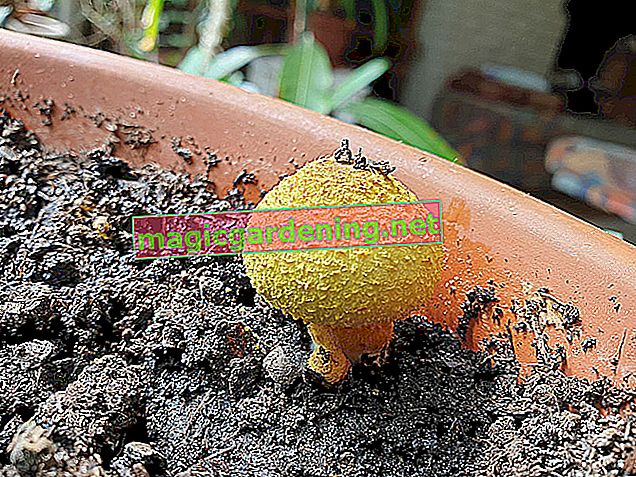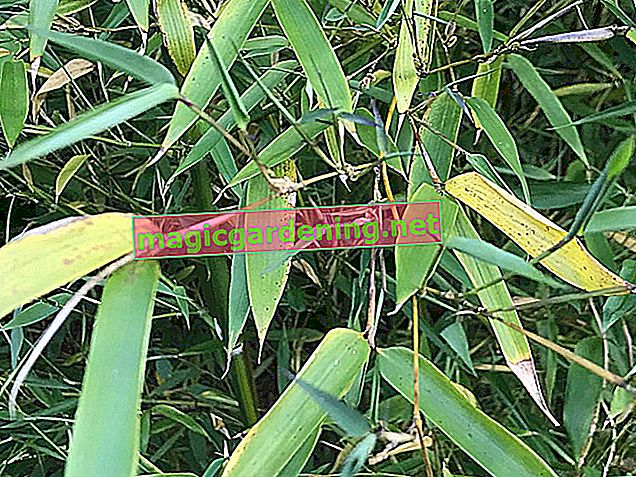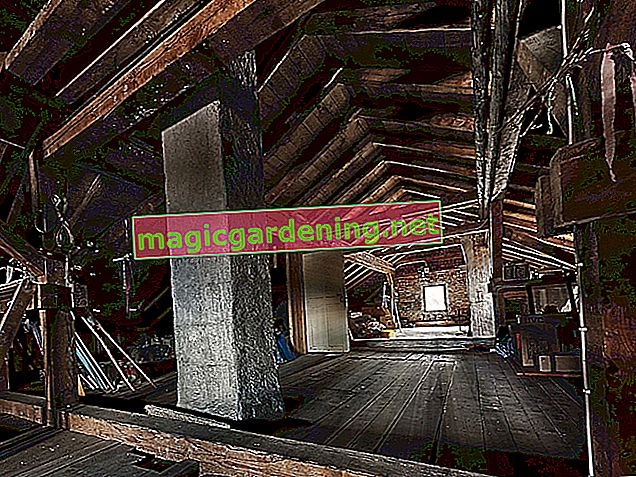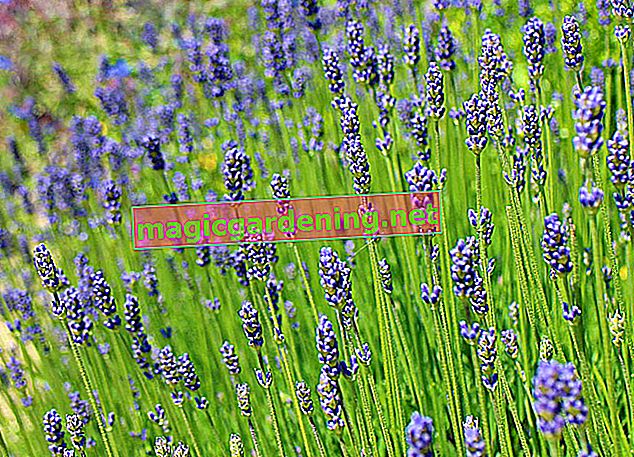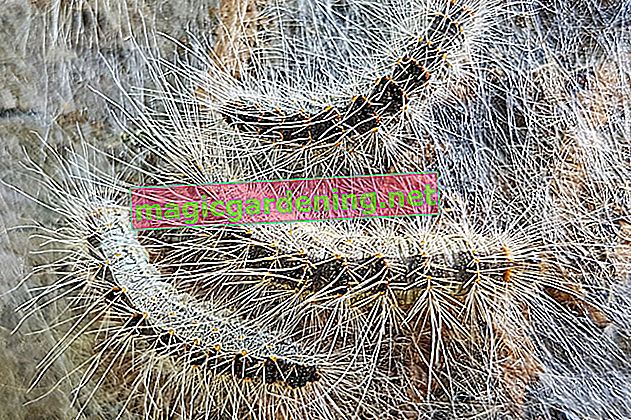
This is how you recognize “real” palm trees
Due to their growth form, real palm trees can be recognized without a doubt by the following characteristics, despite their immense biodiversity:
- Palms have no secondary growth in thickness. Therefore, they initially only grow in width and then only increase in size.
- The heart, from which the leaves sprout, also moves upwards. This creates the characteristic tuft, which is what makes the plants so attractive.
- The dried leaves are thrown off and form the trunk.
- Unlike trees, palm trees do not branch.
also read
- Identify palms - this is how you recognize which palm you have
- What care does the popular Kentia palm need?
- Which plant substrate is suitable for the palm?
Exceptions, however, also confirm the rule with palm trees. For example, there are palm species that form lateral shoots from which cuttings can even be cut. Other varieties form underground runners and grow like a small group of palm trees.
Some of the palm trees often found in our rooms:
- Golden fruit palm: Its strongly pinnate, dense leaves in a lush green look extremely attractive.
- Mountain palm: It also has very pinnate leaves. This slow-growing palm prefers light to partially shaded, shady locations.
- Hemp palm: With its wide, sturdy compartments, it requires a relatively large amount of space and the strongly structured trunk makes it very attractive.
- Kentia palm: It has slightly overhanging leaflets that resemble those of the mountain palm.
The yucca, an asparagus plant
Probably the best-known indoor palm is the yucca (Palmlinlie), which, however, does not belong to the palm family. Relatively undemanding, this plant can grow up to five meters tall in the room and is very appealing with its attractive foliage. Unlike many palm trees, yuccas bloom regularly and then have very fragrant inflorescences that look like lilies of the valley.
The Madagascar palm
This succulent plant is even forgiving of occasional care mistakes and is extremely robust. It is one of the dog poison plants and should therefore be placed out of the reach of animals. Like a palm, it only forms elongated single leaves in the upper area, which, unlike palm leaves, are neither fan-shaped nor pinnate. The trunk is very thorny, which looks extremely attractive.
The dragon tree
It is also one of the asparagus family and, on closer inspection, is very similar to the yucca. However, it has finer foliage that can be differently colored.
Tips
Indoor palms are particularly attractive when you set them up in small groups. The differently shaped and colored leaves create a very attractive look and a charming play of light.




